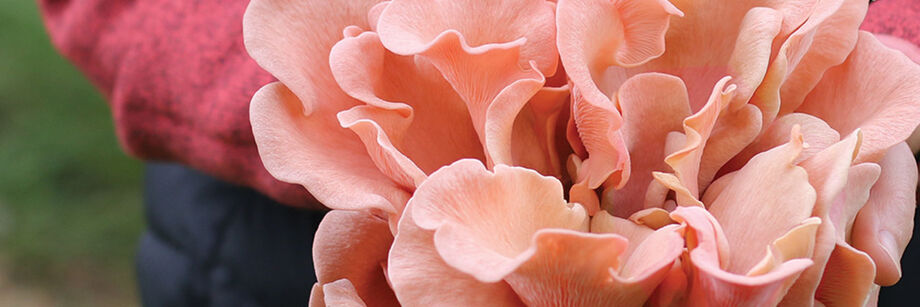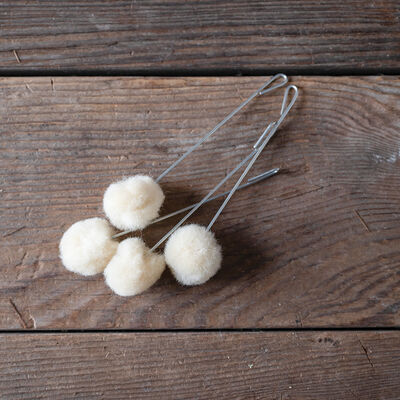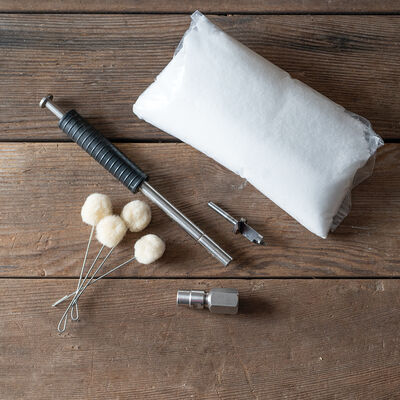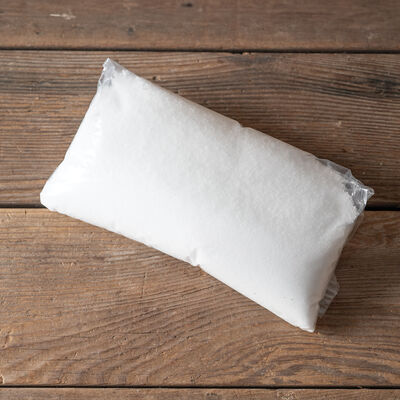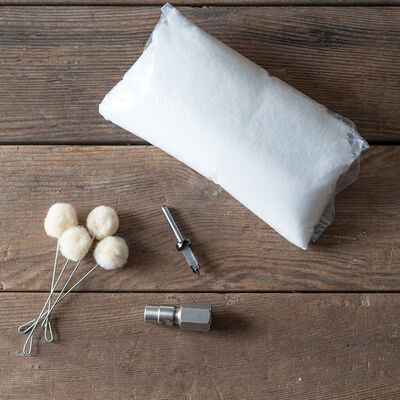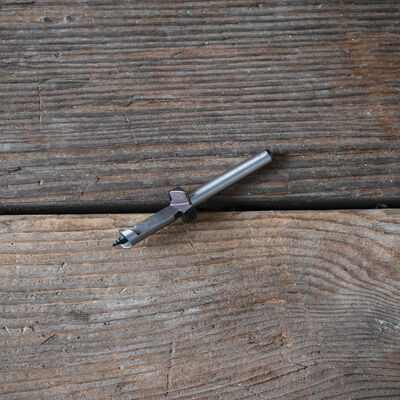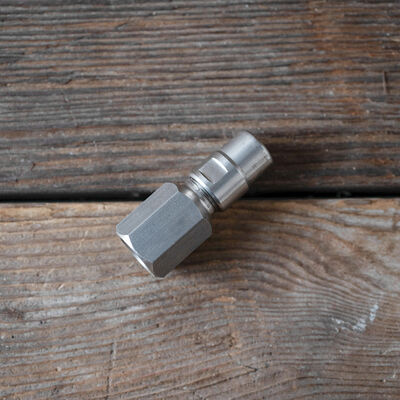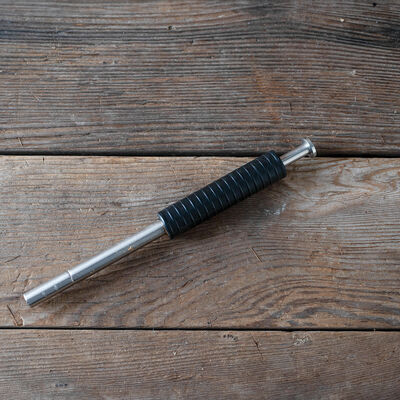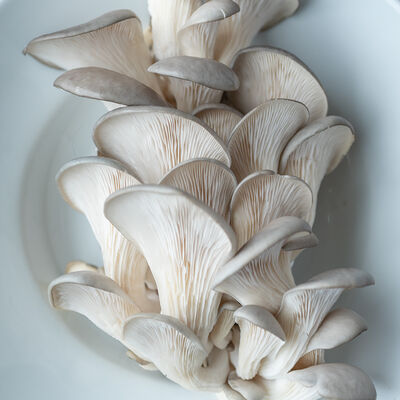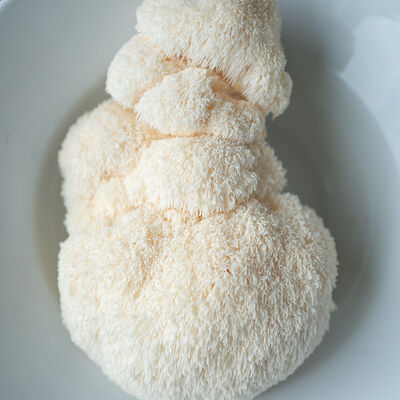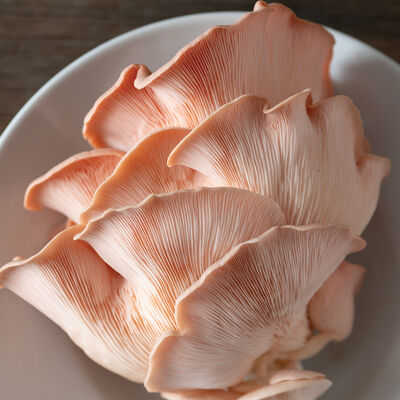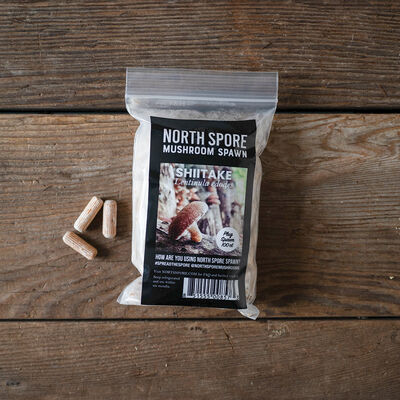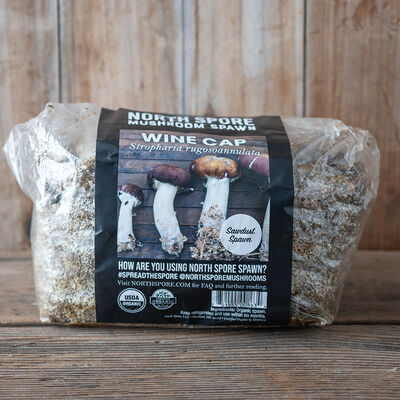We offer three options for growing mushrooms: ‘Spray & Grow’ kits for the home gardener, sawdust spawn for production in garden beds, logs, and containers, and plug spawn for production in logs. Choose from a variety of strains, all certified organic and satisfaction guaranteed.
25 Products
Sort By:
Sort By:
Wool Wax Daubers for Log Inoculation – 4 Count
Mushroom Supplies
Premium oversized wool applicators.
Log Inoculation Drill Bit for Plug Spawn – 8.5 mm
Mushroom Supplies
Designed for drilling plug spawn into logs to the correct depth.
Angle Grinder Adapter for Log Drill Bits – Standard
Mushroom Supplies
Accelerate the log inoculation process.
Thumb-Press Log Inoculation Tool
Mushroom Supplies
Innovative spring-loaded tool for inoculating logs with sawdust spawn.


